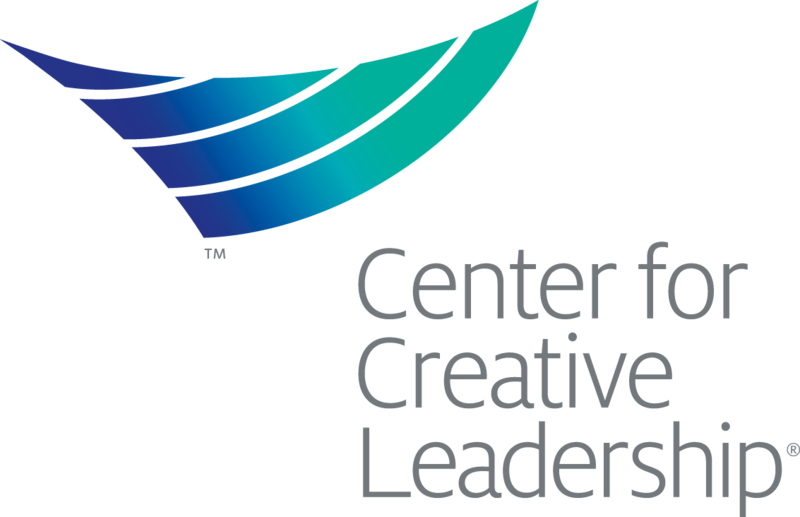ATD Blog
3 Principles for Scaling Leadership Development Across Your Organization
Tue Mar 15 2022

To thrive, survive, and remain competitive in today’s labor market, organizations are under pressure to foster a human-centered culture. Now, employees expect personal development opportunities at their places of work—it’s no longer optional but rather table stakes for employers to provide these avenues.
How can HR leaders meet the growing demands of their function across the business while providing development strategies that benefit all employees and not just a small subset labeled as high potential? And how can they deliver equitable opportunities for learning in a way that doesn’t interrupt the flow of work, is cost effective, and allows flexibility to choose how and when to engage?
The optimal way to achieve these goals is to make high-impact leadership development accessible and scalable throughout the organization. Below are three principles for scaling leadership development successfully, so you can build leadership skills at every level and unlock the collective potential of your workforce.
1. Intentionally plan your leadership strategy.
A leadership strategy clearly defines how many leaders are needed, where they’re needed, and with what skills—both individually and collectively—to achieve the desired outcomes.
Achieving optimal leadership development scalability starts with asking the question, “What are the business problems and opportunities that demand a leadership solution?” By intentionally planning your leadership strategy upfront, you can better identify the current capabilities of your organization and uncover the leadership gaps that may exist.
To get started on planning your leadership strategy, remember to keep the big picture in mind. Don’t fall into the trap of focusing on leadership development that targets certain pockets of leaders or one modality of learning. This leads to inequity and lack of inclusiveness that decrease the likelihood of achieving organizational goals. Read more about factors to consider when creating a leadership strategy.
2. Provide access to relevant and flexible leadership content.
Scaling leadership development requires significant commitment across the organization, as well as taking a holistic view. People learn in different ways, so it’s critical to design a mix of learning modes that work for different people at different levels—customized development over time, internally led skill-building workshops, and self-directed digital delivery. Providing content that’s relevant to an employee’s everyday challenges and offered in the format that works best for them increases the equity of access and can help you reach more learners in an effective way to truly move the needle on your performance goals.
Organizations can access just-in-time leadership development experiences and scale them across a large audience by partnering with a solution provider equipped with robust content that has proven impact. When choosing a partner, look for one who is future-focused—capable of conducting cutting-edge research and turning it into programs and products that can be easily deployed. If you’ve established a relationship with the right leadership development partner, you’ll be better positioned to address critical issues within your employee population the moment they arise.
3. Align and leverage internal and external talent.
Today, employees expect personal development opportunities at their places of work. Though HR teams understand this critical need, they don’t always have the tools to provide meaningful leadership development to align with organizational KPIs in a way that’s both scalable and customizable.
If you’re partnering with an external solution provider to help scale development across your organization, it’s critical to gain alignment between your internal training talent and the firm providing support. Your people understand your organization’s unique culture, challenges, and business strategy best. The role of a leadership development partner should be to provide a comprehensive package of flexible and actionable content that can be rolled out on the appropriate schedule—freeing up your internal training talent to tailor the content to your organization’s unique needs.
It’s also a best practice to engage and integrate business leaders in addition to HR and talent development staff. These leaders can use the skills and passion they’ve developed for their specific function to supplement the trainers from L&D. This concept of leader-led development helps deeply ingrain the new skills into the business and supports the effort to scale, while at the same time offering invaluable insights.
Drive Performance and Inclusivity With Scalable Solutions
Imagine the impact that will result in your organization if shared leadership vision, language, and behaviors are linked directly to a critical business need. Scaling leadership development is the optimal way to create new capabilities across the enterprise and to communicate to every member of your organization that they are valued and supported.
Tools such as CCL Passport can provide your organization with a comprehensive, adaptable, and tailored leadership development solution, allowing you to quickly achieve concrete business results and drive an inclusive culture of learning with scalable solutions.

